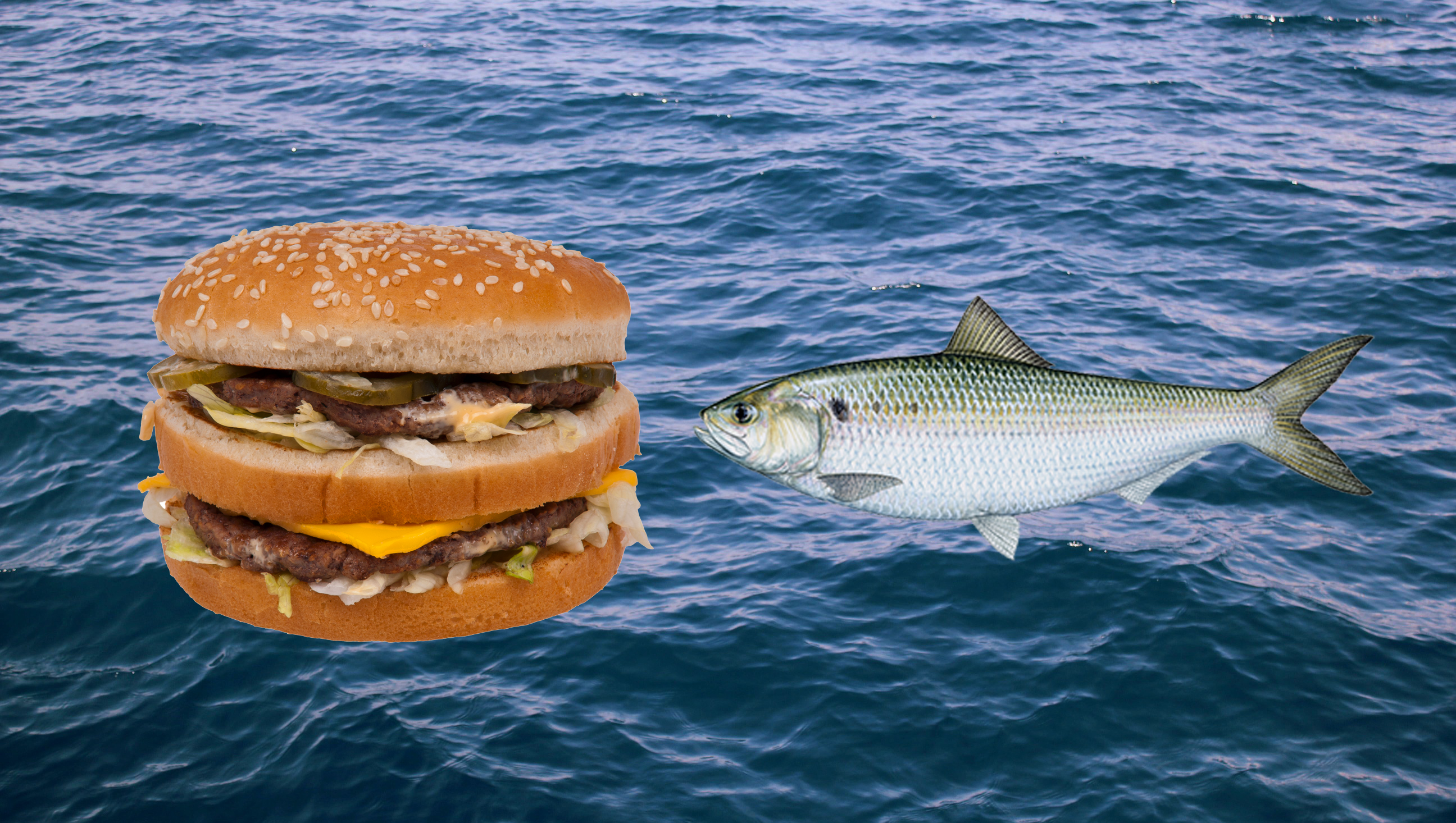In his Budget speech in Parliament yesterday (Feb. 20), Minister for Finance Heng Swee Keat said that water prices are set to increase by 30 per cent over the next two years.
He said the increase will take place in two phases, starting from July 1, 2017, and that the average monthly increase in water bills would be less than $18 for 75 per cent of households, and less than $25 for 75 per cent of businesses.
Water has always been a precious resource to Singapore. Here are six things you might not know about it, in relation to our island.
1. Smelly Singapore River
Ever since Singapore's modern founding as a port city, water has been our number one lifeline, and it came in the form of the Singapore River.
Talk about the old Singapore River and pictures, like the one below, always seem to evoke a nostalgic, quaint era with shophouse-lined quays bustling with bumboats - beautiful isn't it?
However, pictures cannot do the old Singapore River justice because they miss out on one crucial aspect - the smell.

The river was treated like a giant dumping ground. From food wastes to the excretions from pig farms, the river took them all in, and in return, gave the people the putrid sulphur dioxide stench that, according to anecdotes, could be smelled way before one could see the river as his/her approached it.
It was only in the 1980s that the Singapore River was finally cleaned up, making it possible for people stroll along it without pinching their noses. Then in 2008, the completion of Marina Barrage transformed the river, along with Marina Bay, into a reservoir that served our water needs.
Today, the National Museum's Singapore History Gallery has a scent station which replicates the smell of the old Singapore river. Be warned though, the stench will hit you like a sledgehammer.
2. Our National Taps
Today, Singapore harnesses water from four areas (or as the government likes to call, our four National Taps):
- Imported water from Malaysia,
- Water from our local water catchment areas,
- Desalinated water,
- Recycled water (NEWater).
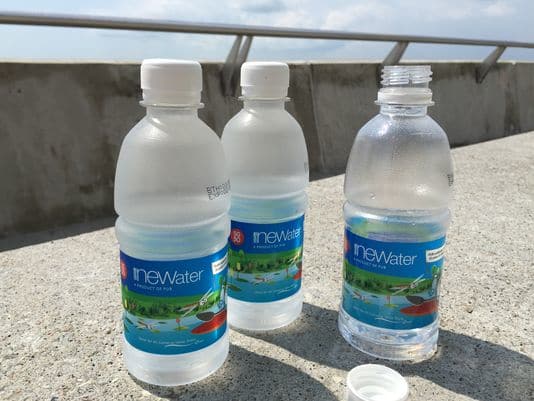 Yum. Remember this? Image via.
Yum. Remember this? Image via.
3. Water from the Malaysia
Singapore signed four water contracts with Malaysia in 1927, 1961, 1962, and 1990. The first two agreements have expired.
Under the 1962 and 1990 agreements, this is what Singapore can do:
- Draw up to 250 million gallons per day from the Johor River.
- Build a dam to regulate the flow of freshwater in the Johor River and creating the Linggiu Reservoir, from which we draw water.
- Buy treated water generated from the dam from Johor above the 250 million gallon daily limit.
In return, Singapore pays rent for the land it uses for drawing water, and covers the costs of building and maintaining the dam.
These two agreements will expire in 2061, but we are gradually moving away from our reliance on them. The Singapore government estimates that our other National Taps will be able to fully sustain our water consumption, when the agreements expire.

4. Water at the price of a bite of a Big Mac
The price of water from Malaysia has always been a point of contention between us and our neighbour.
Raw water that we buy from Malaysia is priced at 3 Malaysian sen per 1000 gallons of water. This price is enshrined in our water agreement.
According to an article published by The New Straits Times in 2003, Singapore paid Johor S$1.09 million for an entire year's supply of water in 2001. Divided by the number of users, each Singaporean supposedly only paid 26 Singapore cents for one year of water - the price of one tiny bite of a Big Mac - a price that Malaysia repeatedly claims is unfair.
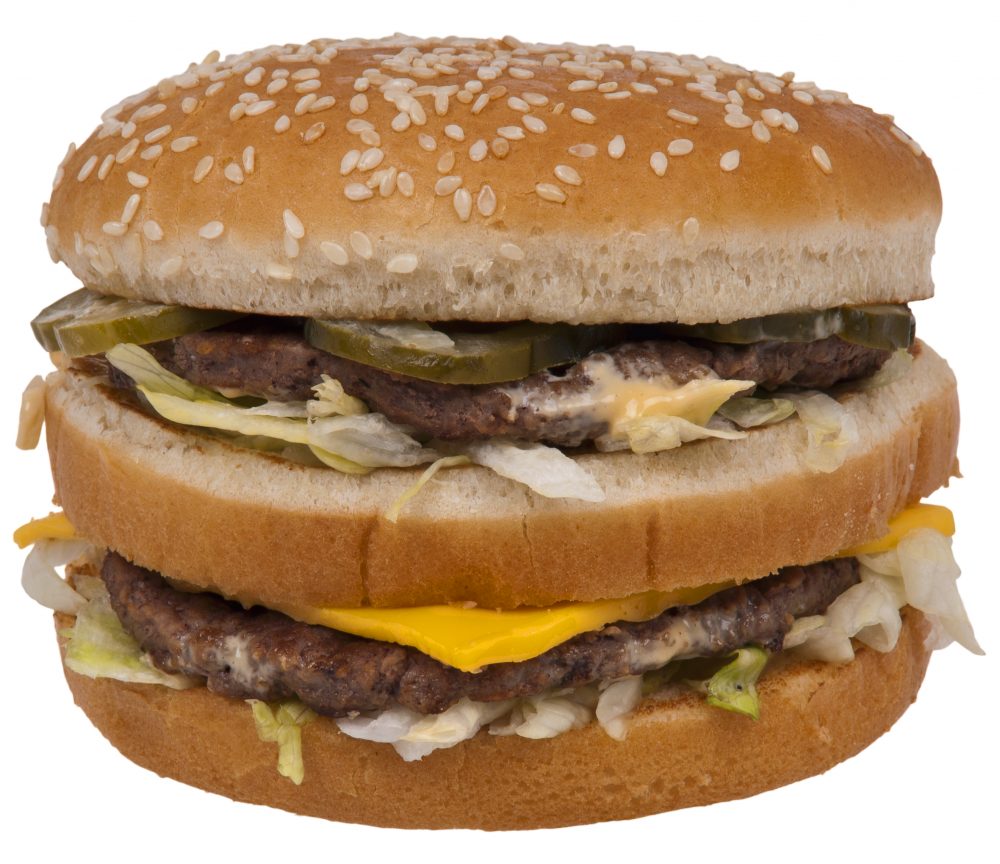 Big Mac. Image via Wikipedia.
Big Mac. Image via Wikipedia.
5. We use THAT much water every day?
148 litres of water each day - that's the average amount each person uses in Singapore. That's almost 100 1.5-litre bottles every day!
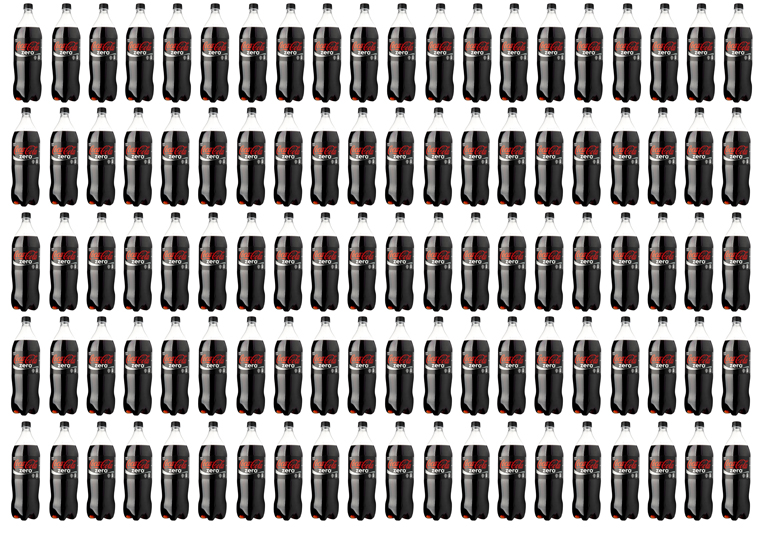 Careful you don't drown in all that water.
Careful you don't drown in all that water.
6. What the fish?
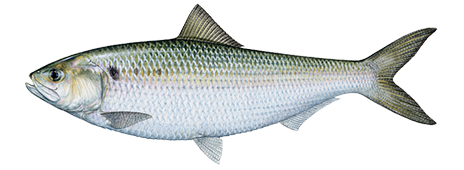 More high tech than you. Image via.
More high tech than you. Image via.
One of our ways of monitoring water quality in our water supply is remarkably low tech - fish. The Fish Activity Monitoring System (FAMS). FAMS monitors the behaviour of live fish in tanks placed in our service reservoirs, waterworks and water supply for disruptions in their swimming patterns and activities.
Abnormal behaviours immediately trigger an alarm, pushing operators to respond immediately. The PUB has 42 FAMS installed to monitor our treated water.
Top photo adapted from Wikipedia and here.
If you like what you read, follow us on Facebook and Twitter to get the latest updates.
If you like what you read, follow us on Facebook, Instagram, Twitter and Telegram to get the latest updates.
